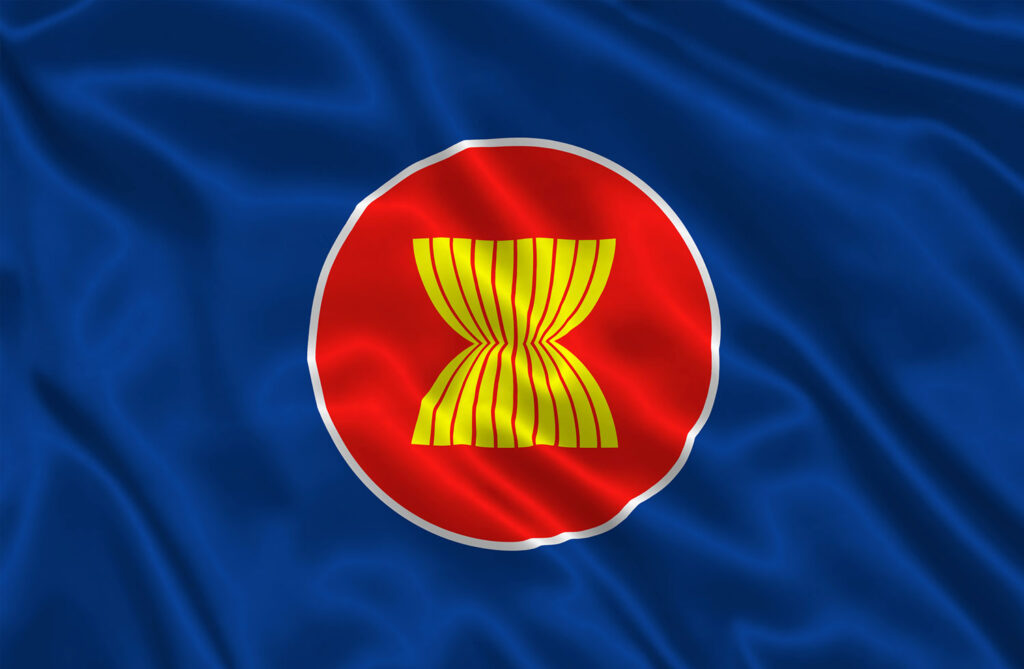By Joyce Ann L. Rocamora
MANILA – Saving the planet starts with the protection of marine ecosystems and as a region that covers almost half of the world’s water, countries in Southeast Asia play an important role in realizing this goal.
Given the concentration of biodiversity in the region, the Association of Southeast Asian Nations (Asean) urges its member states to take collective action to successfully reach the global goal to conserve at least 30% of the planet by 2030.
Even with the pandemic, Asean Centre for Biodiversity (ACB) said member states must find ways to forge more partnerships that would help build their capacity to better conserve the region’s marine resources.
“The seas connecting Asean encourage the member states to unite and forge stronger linkages in addressing the climate crisis and the obtaining pandemic. Thus, the protection and sustainable management of our biodiversity––our common natural heritage, serve as our compass as we set sail towards recovery,” ACB Executive Director Dr. Theresa Mundita Lim said at the recent forum hosted hosted by the ACB and the Philippine Mission to Asean.
Southeast Asia is home to a third of the world’s coastal and marine habitats that include coral reefs, mangroves, estuaries, sandy and rocky beaches, seagrass and seaweed beds, and other soft-bottom communities.
The ACB said these habitats and their resident species provide breeding, nursing, and feeding grounds for marine plants and animals, food, and resources important to the livelihoods of coastal communities.
However, the continuous over-exploitation of resources and climate change make Asean’s marine ecosystem one of the world’s “most threatened” in terms of marine degradation.
“This has a profound impact on the planet and its inhabitants inevitably threatening food security, local tourism, and global warming mitigation, among others,” Philippine Permanent Representative to the Asean in Jakarta Noel Servigon said.
“As such, it is fitting that marine biodiversity conservation should be a major area of cooperation and collective action among Asean member states and their partners,” he added.
Clarissa Arida, ACB director for program development and implementation, said nearshore ecosystems have also become more vulnerable to habitat change and pollution. By 2050, it is estimated that close to 500 million people will live in coastal and marine areas in Southeast Asia.
“With pollution from land-based sources, the ecosystem services expected of coastal and MPAs will not be able to sustain our fisheries,” she said.
To date, Asean is expanding its cooperation with global partners to effectively manage ecological networks of marine protected areas (MPAs) in Southeast Asia.
Under a proposed regional project, Asean will increase conservation efforts in key marine ecosystems in Indonesia, Thailand, and the Philippines, including the Tubbataha Reef Natural Park in Sulu-Celebes Sea and the Masinloc-Oyon Bay Protected Landscape and Seascape in the West Philippine Sea.
In the Philippines, a total of 72 MPAs have been established, covering at least 3.1 million hectares of the country’s waters.
Desiree Eve Maano, chief of the Department of Environment and Natural Resources’ Coastal and Marine Management Section, said the country plans to increase this and cover other regions such as the West Philippine Sea Offshore areas.
The call for collective action coincides with the celebration of Manila’s Maritime and Archipelagic Nation Awareness Month (MANA Mo), which aims to raise awareness and appreciation of the Philippines’ marine biodiversity, conservation efforts, and how these contribute to the sustainable development of the country and the Asean region. (PNA)
